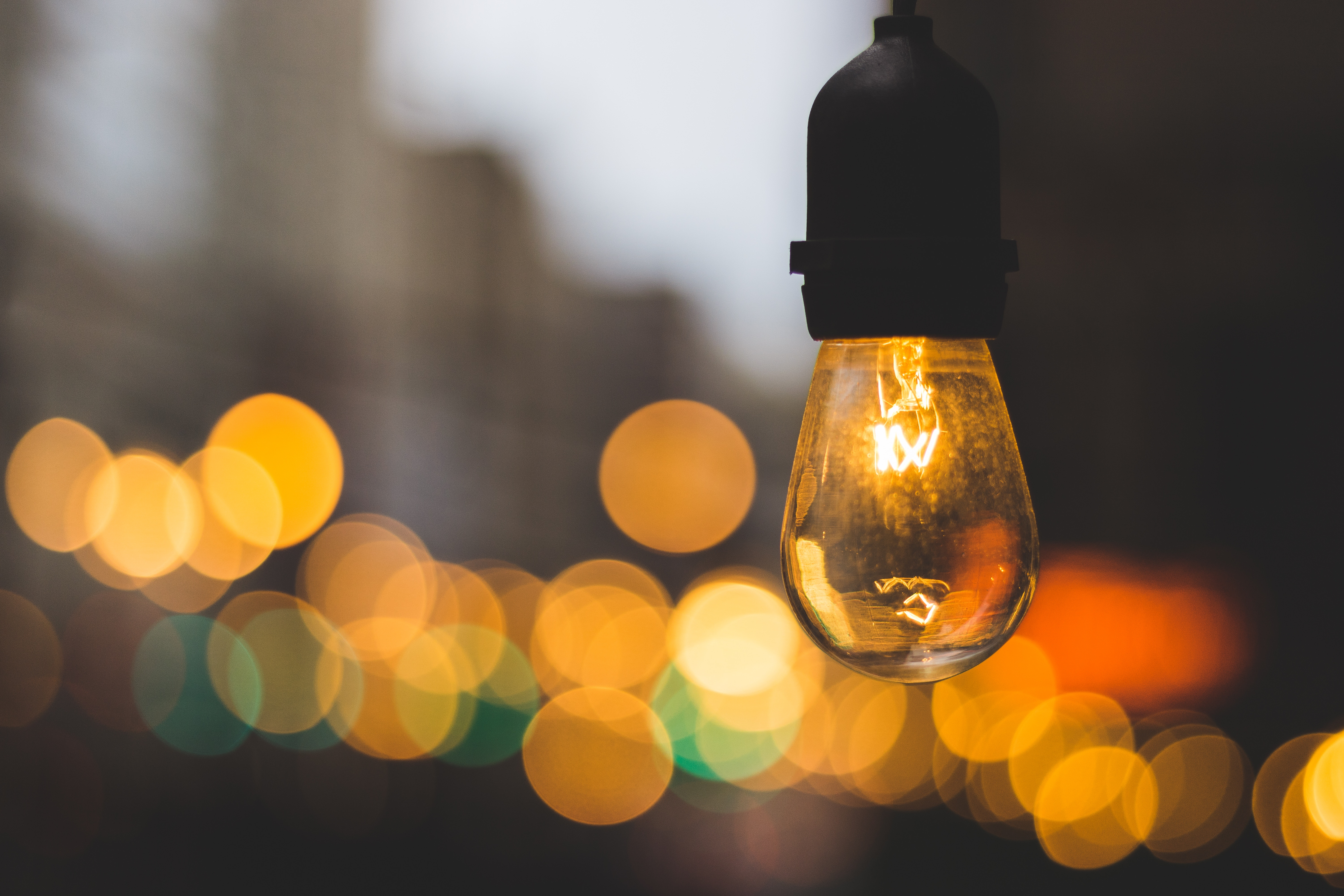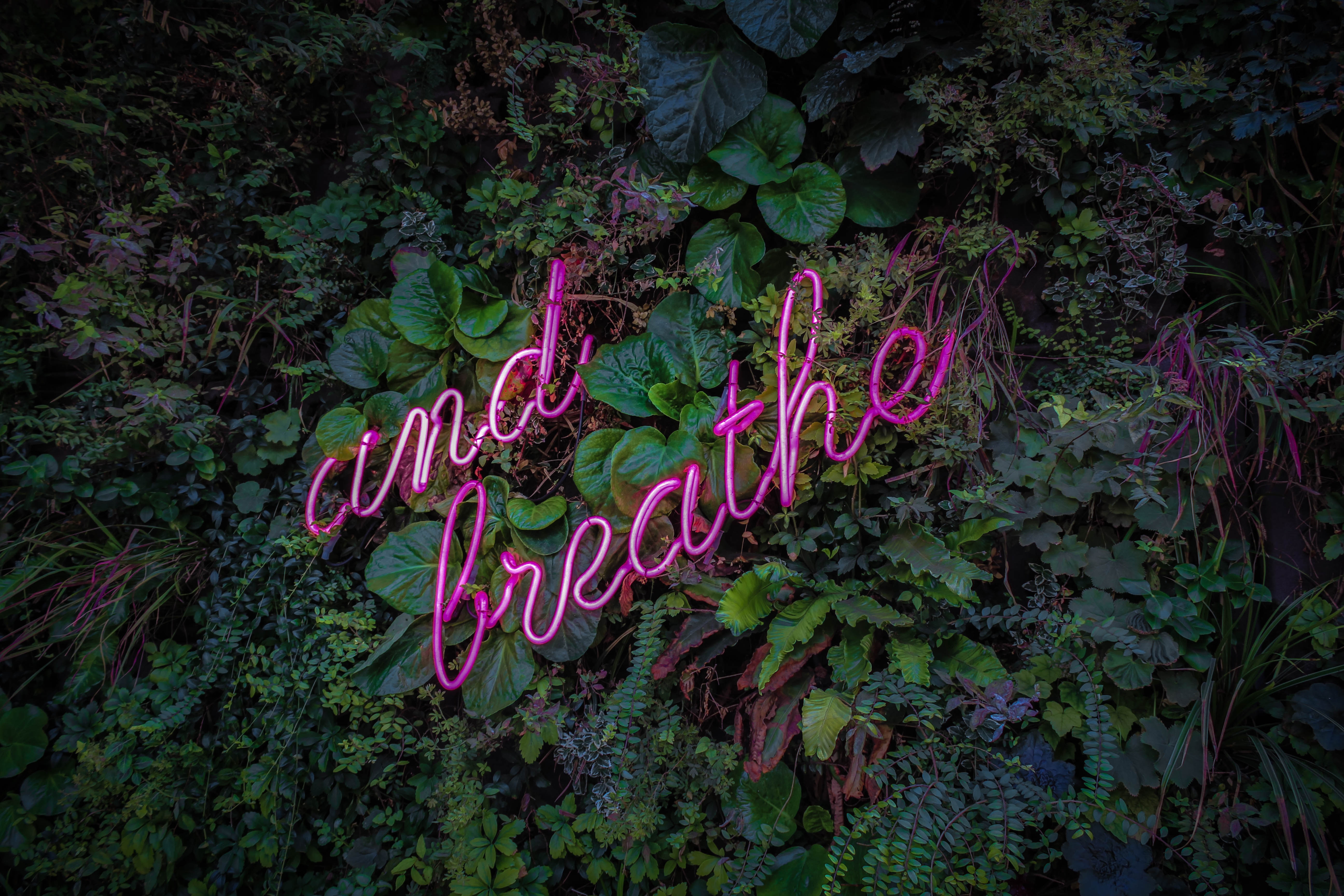Have you ever tried to meditate?
If you’re anything like me, you may have been inspired to try meditating after hearing about all the amazing benefits it can give you.
Mindfulness meditation has lots of scientifically-proven physical and mental health benefits such as:
- reduced blood pressure
- improved immune system function and response
- boosted recovery after the release of the stress hormone cortisol
- slowing age-related atrophy of the brain
- mitigating the symptoms of depression and anxiety
Not to mention the way practising meditation regularly will make you feel calmer, happier, and generally less stressed.
And then you tried it and found it really difficult.
Perhaps you were overwhelmed at all the different types out there?
- mindfulness meditation
- guided meditation
- walking meditation
- loving-kindness meditation
- transcendental meditation
Or maybe you got bored.
Your mind wandered.
Or you didn’t notice any benefits straight away.
You felt discouraged.
You figured you weren’t any good at it and gave up.
I know exactly how you feel.

Over the years I tried to start a meditation practice many times.
I’d seen the reports and documentaries, and read the articles and I knew that it would a great thing for me to do.
So I tried it, but it never seemed to stick.
I tried books. I tried apps. But I still wasn’t getting it, and I desperately WANTED to get it.
So I always felt like a failure at meditation.
The turning point (or more accurately, points) for me was reading two books by Dan Harris:
- 10% Happier: How I Tamed the Voice in My Head, Reduced Stress Without Losing My Edge, and Found Self-Help That Actually Works – A True Story, and
- Meditation For Fidgety Skeptics: A 10% Happier How-To Book
In his first book”10% Happier” Harris, an ABC News anchor, candidly and humorously documents his journey from sceptic to meditation convert.
I loved it.
To me, the book was both hugely entertaining and completely inspiring.
It convinced me to give it another go.
So I tried again.
However, I still found it challenging.
I still felt like I was still doing it wrong. And I gave up yet again.
Then along came Harris’s second book, “Meditation for Fidgety Sceptics“.
In this book, he investigates why people who want to meditate aren’t meditating.
He looks at what’s holding them back (familiar issues for me such as “I’m bad at it”, “I don’t have time for it” etc).
He then provides easy, actionable solutions to overcome these challenges.
It’s essentially a “how-to” manual for mindfulness meditation.
I had my lightbulb “a-ha!” moment when reading Meditation for Fidgety Sceptics.
I finally understood that mediation wasn’t all about clearing my mind or stopping my mind from wandering.

It’s all about noticing
It was about noticing that my mind was wandering.
It’s not about STOPPING thoughts.
It’s about NOTICING thoughts. Noticing distractions.
It was about making an observation.
Once I’d noticed my mind had a thought I didn’t engage with it, and just went back to my breath – in…out…in…out…must remember to…oh there’s a thought..that’s okay…let it go…back to breathing…in…out…in…out
the goal is not to clear your mind but to focus your mind – for a few nanoseconds at a time – and whenever you become distracted, just start again. Getting lost and starting over is not failing at mediation, it is succeeding.
– Dan Harris
I realised that I could do it. I could meditate.
All of a sudden it was possible.
And not only that. I also realised that:
- you don’t need to sit cross-legged in a lotus position on the floor (unless you want to of course).
- special clothes aren’t required
- no special equipment is needed
- you don’t need to go anywhere in particular or join a group
You don’t even need to meditate for long periods of time – even one minute counts!
I’ve also learned that meditation isn’t about feeling a certain way.
It’s not a special state to get into, or about getting somewhere else.
It’s just letting the mind be as it is and being intentional in noticing it.
Mindfulness Meditation
The particular type of meditation that Dan Harris teaches, and the type I’m now regularly practising, is “mindfulness meditation.”
You don’t need to adopt any type of belief system to practice it – as Dan says, it’s simply a secular exercise for your brain.

Mindfulness is simply about paying attention.
Purposefully paying attention to the present moment without judgment. It sounds like a simple concept, and essentially it is.
But it’s not always easy to do this.
And that’s where the meditation comes in.
It’s the practice. Practising being in the present moment.
It’s about taking time to stop and focus on the present moment.
A common way to do this is by focusing on your breath. Your in-breath then your out-breath.
Every time your mind drifts from the present moment and has a thought, you notice, stop and start again.
Without judgement.
Don’t ignore your thoughts, suppress them or get cross with yourself for having them.
Just notice them and start again. That’s mindfulness meditation.
The more you practice, the easier it becomes to notice, the easier it becomes to be mindful.
The best way to capture moments is to pay attention. This is how we cultivate mindfulness. Mindfulness means being awake. It means knowing what you are doing.
– Jon Kabat-Zinn
So while mindfulness meditation is relatively simple, it does require intent to practice it.
It requires making a commitment to do it, even for a few minutes, and a degree of discipline to stick with it and make it part of your routine.
Me? Meditation has become an important part of my self-care routine.
I meditate for just 5 minutes a day most mornings. (I’d like to say every single morning, but occasionally I miss one, and I’m not going to beat myself up about it – nobody’s perfect).
Has just 5 minutes made a difference?
Absolutely!
I definitely feel calmer, I’m sleeping better, and my IBS symptoms have improved.
Are you interested in learning more about mindfulness meditation? Or giving it another try if you’ve given up in the past?
Check out Dan Harris’s free video course The Basics of Mindfulness Mindfulness Meditation
Harris also has an app that you can find out about on his website 10% Happier. There is also info about his books “10% Happier” and “Meditation for Fidgety Sceptics” and his podcast.
Other great apps that you’ll find useful if you are starting out, or getting back to a meditation practice include:
- Insight Timer (this is the one I use at the moment)
- Headspace
- Calm
Do you meditate regularly? Or have you tried to meditate in the past and given up? What were your challenges? Are you inspired to give it another go? Let me know in the comments below.
Want to learn more about meditation?
These are the books I love and recommend:


Pin for Later:















 5 Ways Hygge will Boost your Happiness
5 Ways Hygge will Boost your Happiness
Getting lost and starting over is not failing at mediation, it is succeeding – this really hit home for me! I tend to avoid things I am not great at and I really wasn’t feeling like I was any good at meditation. This reminder is a very good one, thank you for writing on this topic, and I am excited to check out Harris’ second book, I had only heard of the first one!
awesome post!
Thank you 🙂
I have to say that mindfulness and meditation has been a part of my daily routine and creating a meditation space for myself has really helped elevate my practice. Thank you for sharing such a wonderful post. 🙂